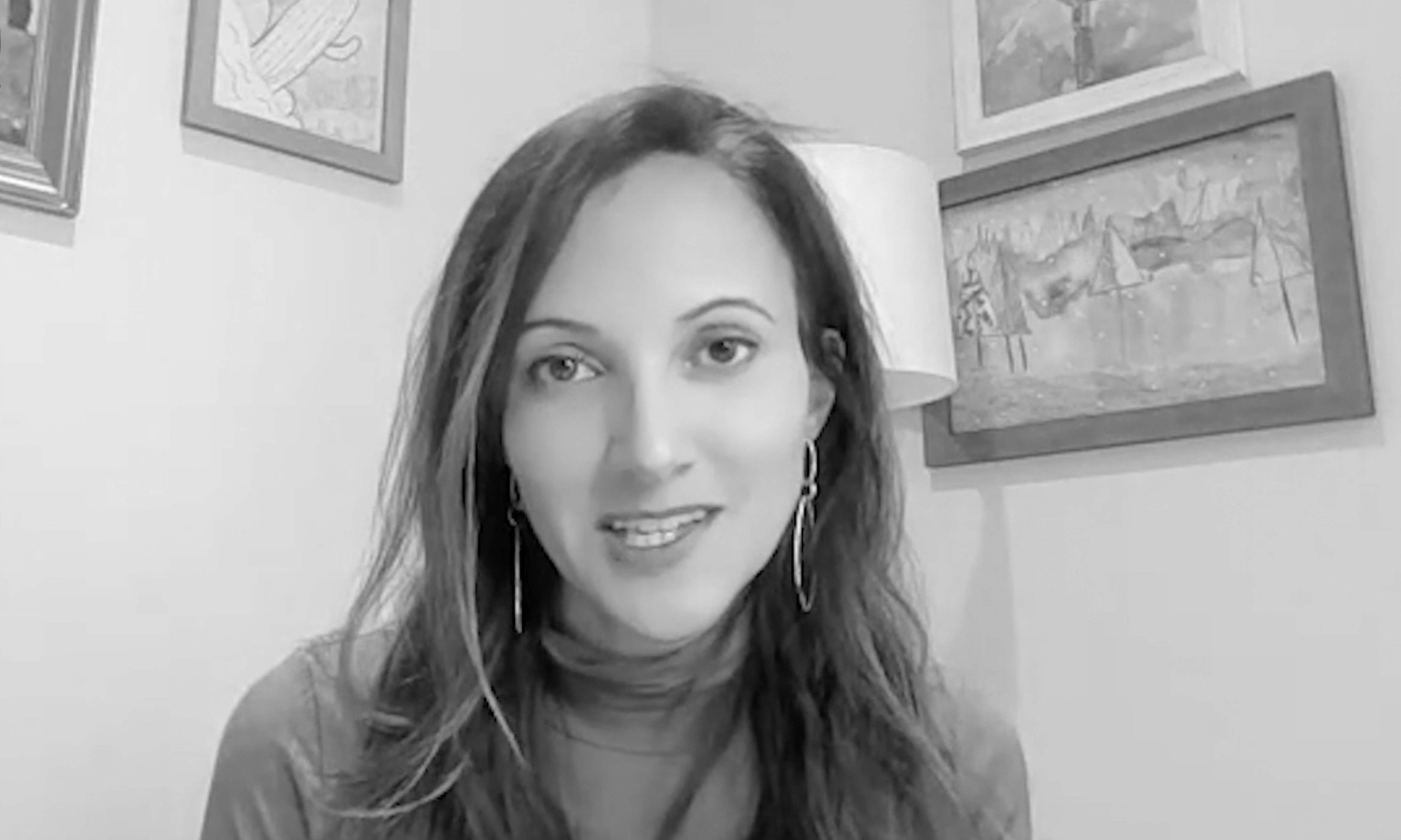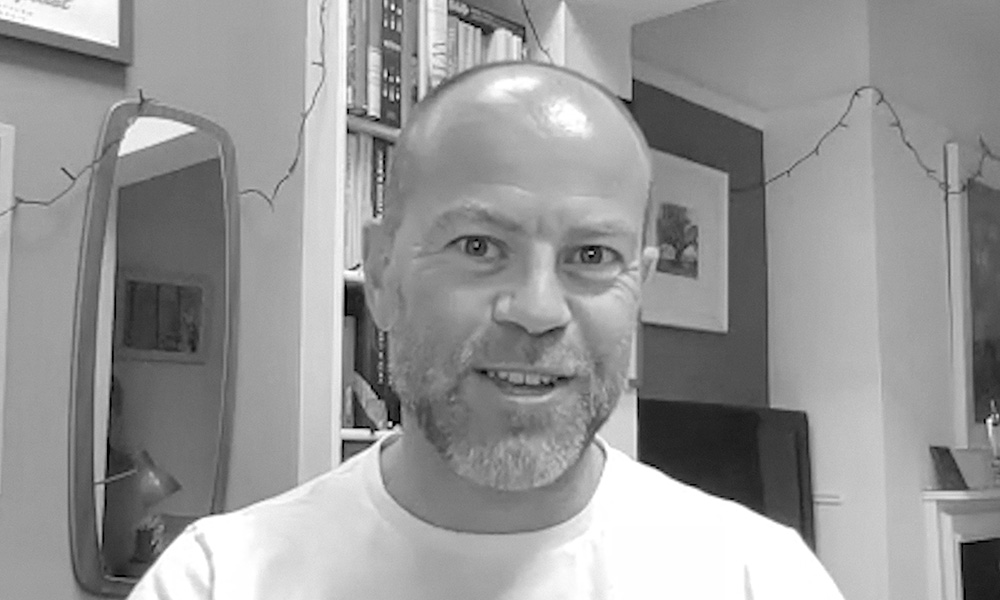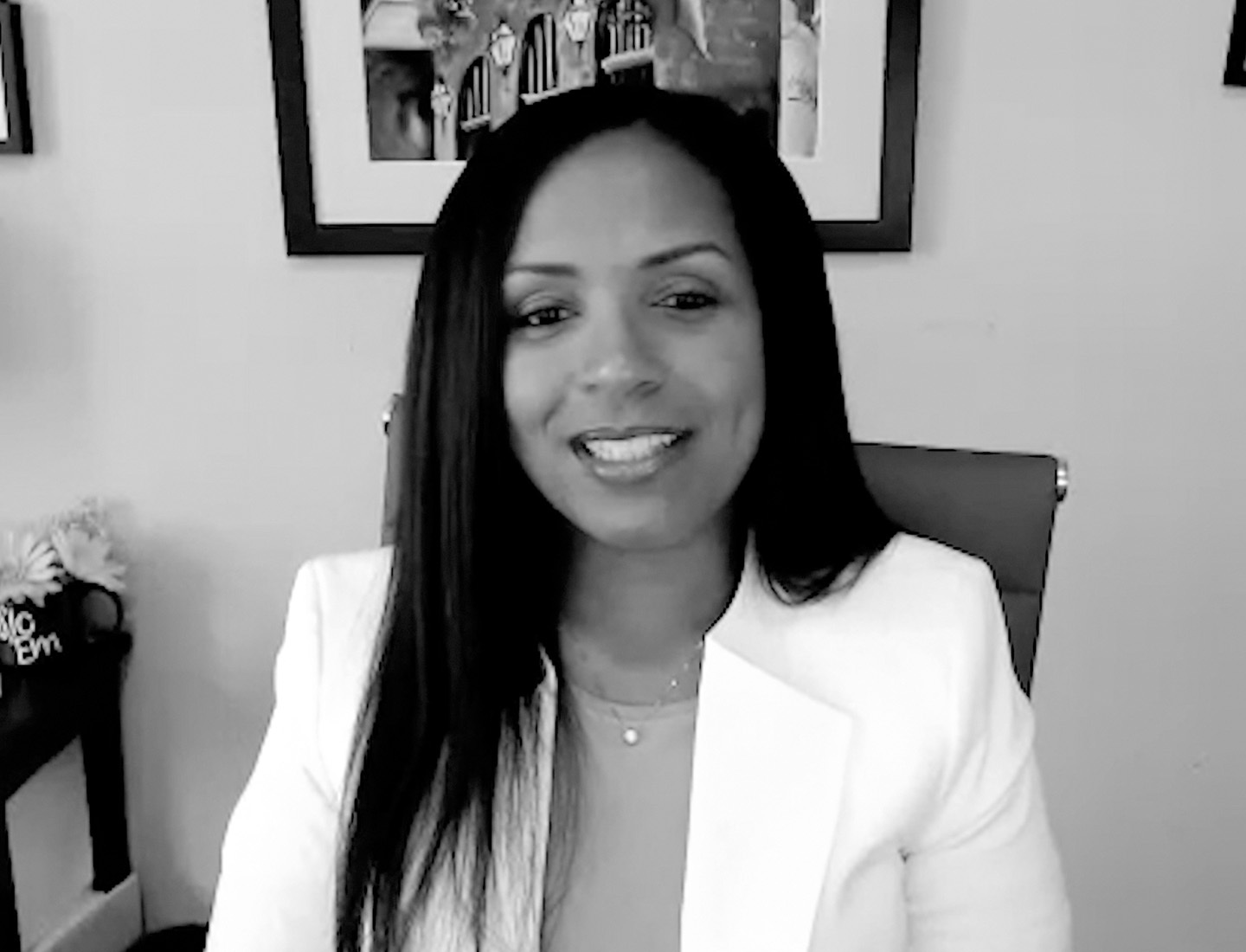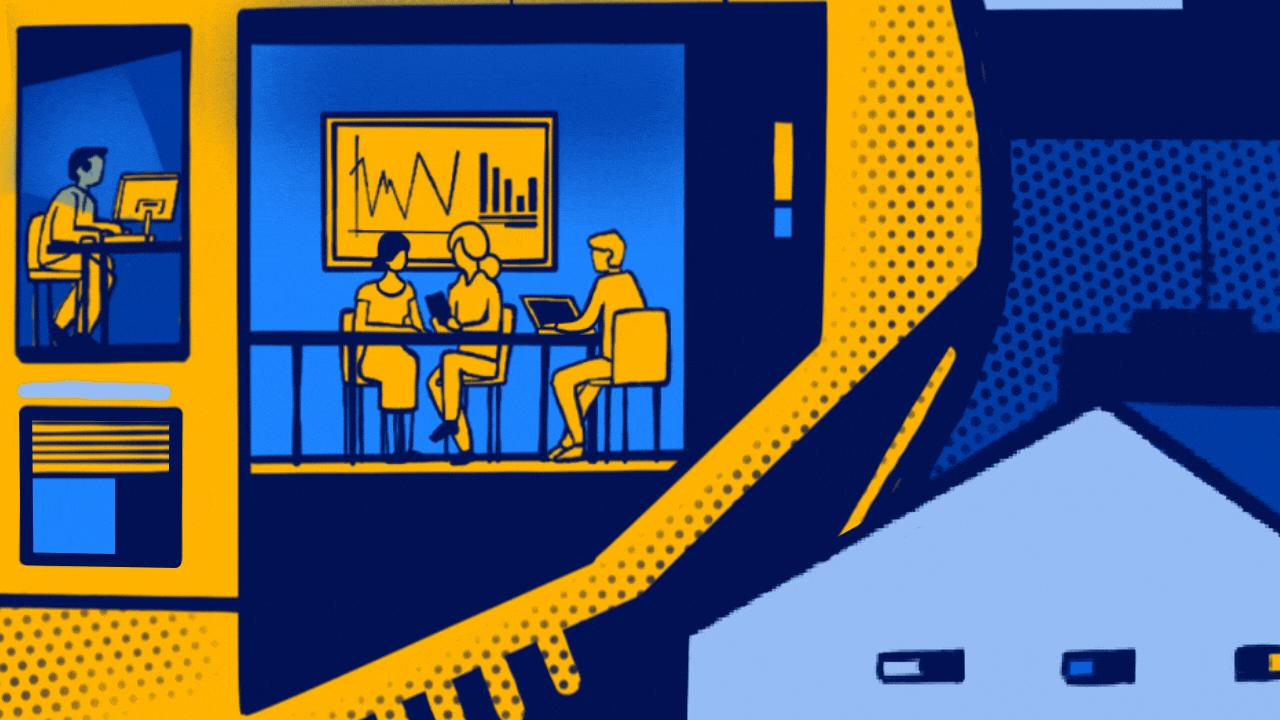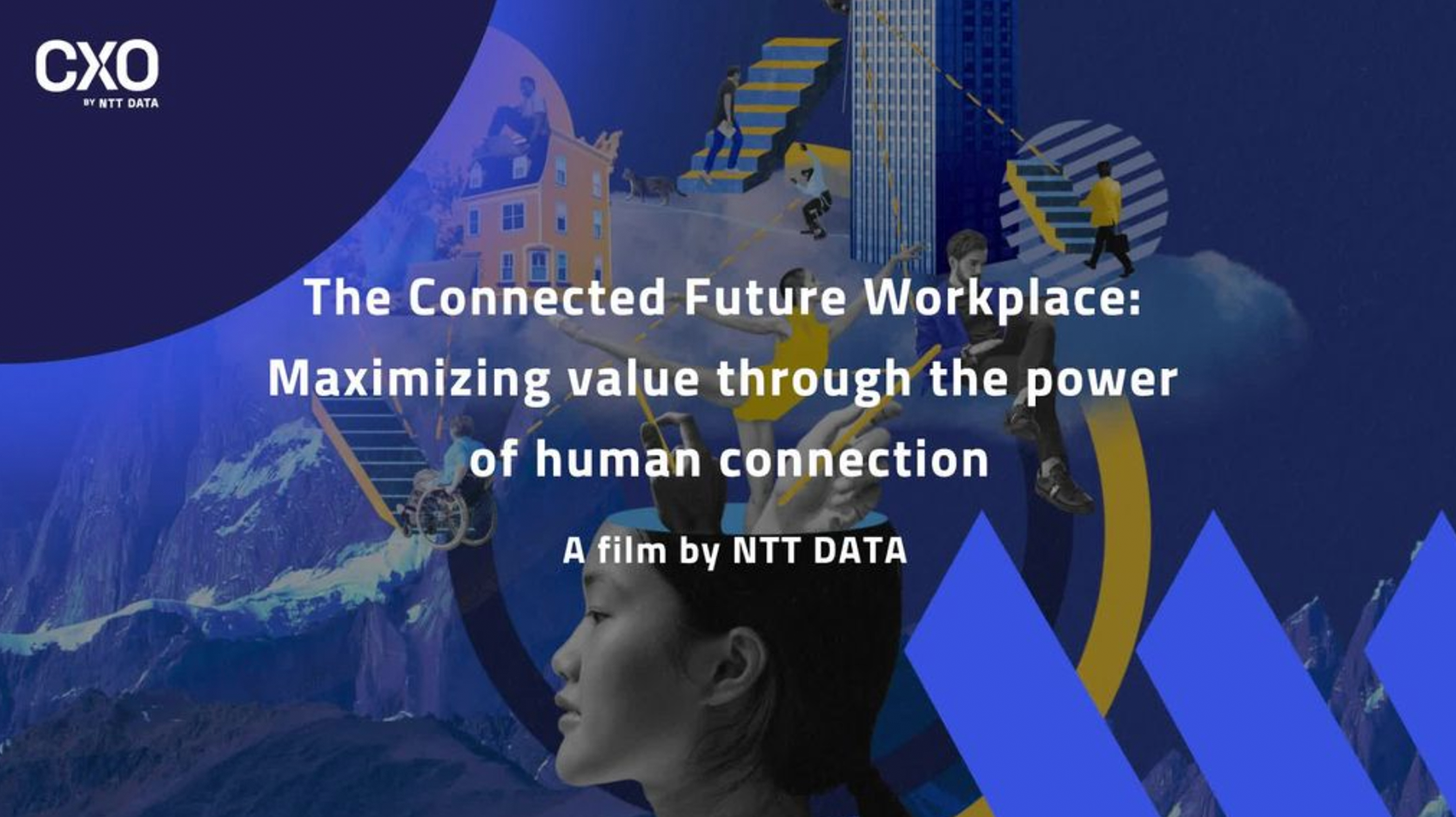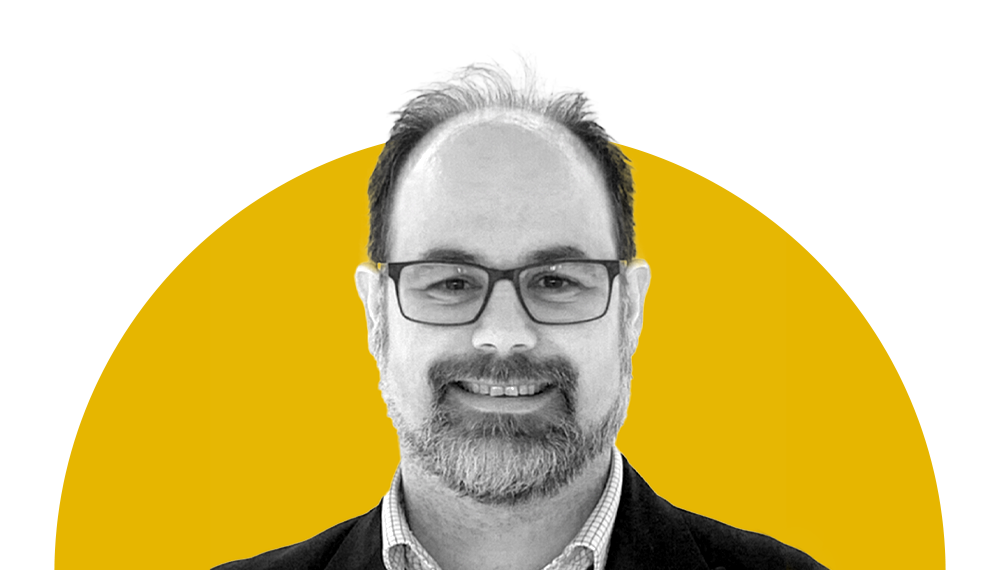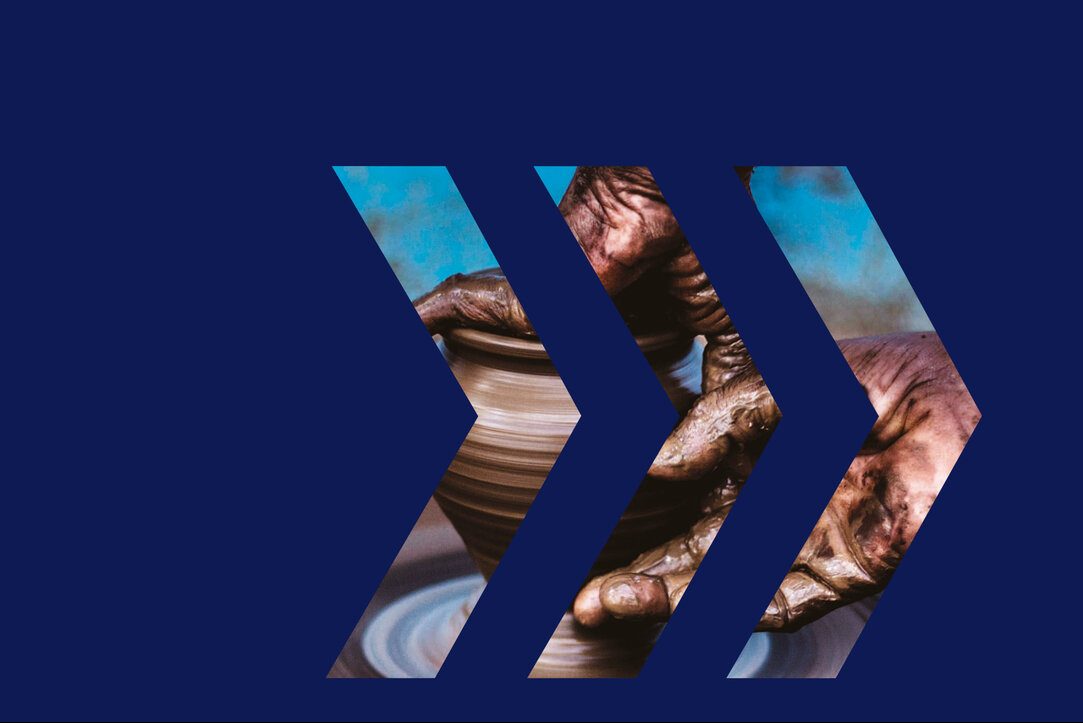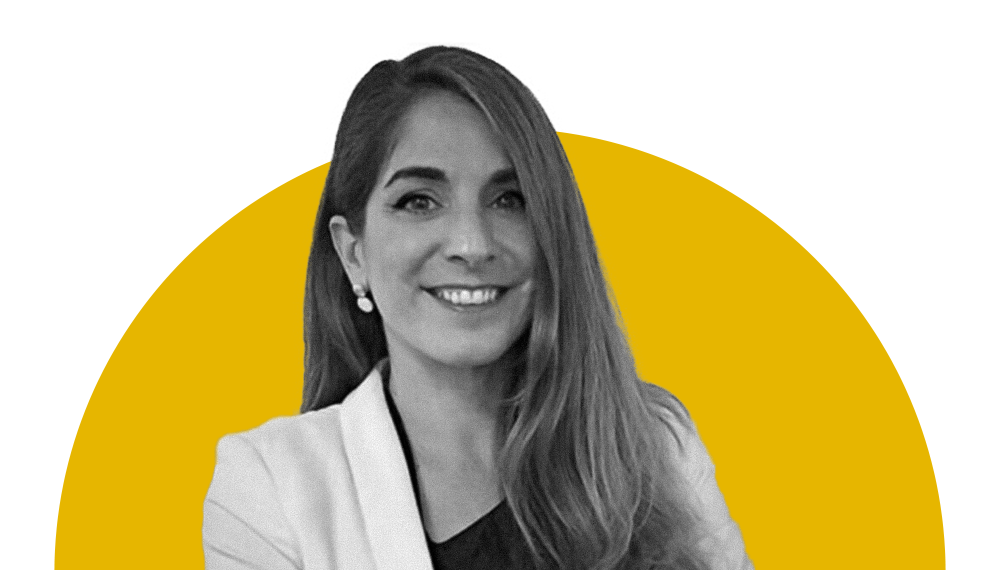
Source: Nong V / Unsplash
Diversity is a reality. No two people are the same. Besides race and gender, there’s cognitive difference, social background, and so much more – diversity is infinite.
Yet diversity alone isn’t the debate. It’s including that diversity that matters to performance. And it’s leaders who disproportionately choose whether to include (or exclude), often based on their own biased or flawed decision-making.
If we don’t consciously include, we unconsciously exclude.
It’s ironic that leaders who could most benefit from greater diversity around them are often the ones least likely to embrace it. I say this based on more than 20 years in the field, working with thousands of executives worldwide. It’s usually not malicious; simply ignorant. If we don’t consciously include, we unconsciously exclude. And when our minds are full, we rely on heuristics – cognitive shortcuts – to aid us in our decision-making. Inclusion is often based on what school you went to, whether you drink alcohol, your sense of humor, even your accent. This isn’t merit based.
The leadership challenge is to make the best possible decisions based on valid criteria. To surround yourself with diverse talent based on skill, rather than on lazy assumption. How can we best do that?
Difference matters
There are three changes leaders need to face, where inclusion can help. Where we work is changing – globally and locally – with the proliferation of hybrid working. When we work is also changing, enabled by technology and lifestyle changes. And who is working is also changing: we now have a truly multigenerational workforce. The where, when and who intersect to produce catalytic changes that challenge leaders every day.
The more we are able to be humble (whilst still exuding confidence in the vision), the more we are likely to plug our blind spots, upskill our education level, and make more accurate decisions.
Rather than try and control this change, the most successful leaders adapt to it. They are appropriately vulnerable about it, and solicit partners. The worst ones are defensive, or in denial. The reality is that whilst many leaders are brilliant, none are brilliant enough. No-one can have all the answers, and the more we are able to be humble (whilst still exuding confidence in the vision), the more we are likely to plug our blind spots, upskill our education level, and make more de-risked and accurate decisions.
Much of the current discombobulation comes from new technology (which is changing faster than we can adapt), social movements (think Black Lives Matter, which caught many leaders and companies unprepared), environmental and ethical challenges, and employee activism. And that’s before we’ve mentioned the pandemic, hybrid working and media influence.
The world has changed. It’s now not about whether leadership should also change, but how quickly it can adapt. Including diversity then becomes a question of not “Should I?”, but “How can I not?”
The changing role of leadership
To cope with the changing where, when and who, we need to change how we lead. We need a new toolbox that probably didn’t feature in the MBA module you thought had prepared you. Take heart, because many of these skills are very human and you may well have them already.
The World Economic Forum future skills report lists four kinds of skills required:
- Problem-solving (such as creativity and initiative),
- Self-management (such as resilience and flexibility),
- Working with people (leadership and social influence), and
- Technological skills (50% of us will need to upskill by 2025).
We need to adapt to stay ahead of clients, otherwise what value do we add? KPMG realized the class, gender, ethnicity and sexual orientation of its staff weren’t representative of the make-up of wider society, or its client base. This was an unsustainable position for an advisory firm. So, having modeled its future diversity against the market, it addressed hiring, promotion, and retention issues.
Disney demonstrated the impact of a well-considered point of view. Stances on gay marriage and trans bathrooms have offended some of their client base, but won over their employees who kept the company successful.
Besides demographic change, what about cultural change? How do firms stay ahead of employee activism? Being passive in the midst of massive social change is no longer neutral. Disney demonstrated the impact of a well-considered point of view. Stances on gay marriage and trans bathrooms have offended some of their client base, but won over their employees who kept the company successful. Being intentional delivered Disney a cost-benefit that was overall positive.
Some of us have never had to adapt. Some have always had to. But whether we want to or need to, all of us now have to.
How to adapt
If your workforce is not yet connected, it will soon need to be. Collaboration, alongside supporting infrastructure, is the only way to innovate at the pace current change requires. Meeting diverse workers’ needs will cease to be a luxury, and simply how good leaders lead.
First of all, create a culture people want to be part of. This depends on psychological safety and wellbeing, of which your behavior is often the biggest influence. A recent study showed that new ideas flourish when people felt their leaders cared about them. More than four times as many employees (61% compared to 13%) report feeling more innovative with empathetic leadership than those without.
Second, hire more diverse talent. Millennials have often dominated discussions, but they are comparable in an increasingly diverse workforce to Generation X (both at circa 35%). A growing Generation Z makes up more than 20% and will only continue to offset the declining Baby Boomer and Post-War generations. For disabled people, the employment rate in the UK was 53% in Q2 2021, compared with 81% for non-disabled people, an overall increase of nine percentage points since Q2 2013, but with definite room for improvement.
Third, promote more diverse talent. Promoting underrepresented talent matters. The likelihood of financial outperformance between the bottom and top quartile for gender diverse executive teams widened from 15% in 2014 to 25% in 2019. This extends to 36% when viewing ethnic diversity.
If this still seems a tall order, focus on the platinum rule: rather than treating others the way you would like to be treated (the golden rule), treat others as they wish to be treated. Different employees have different needs when it comes to communication, the environment that allows them to produce their best work, and their interactions with others. As a leader, adjusting your management style according to individual traits and preferences is incredibly valuable: adapting to someone else makes them feel they belong, and is great professional development for you.

